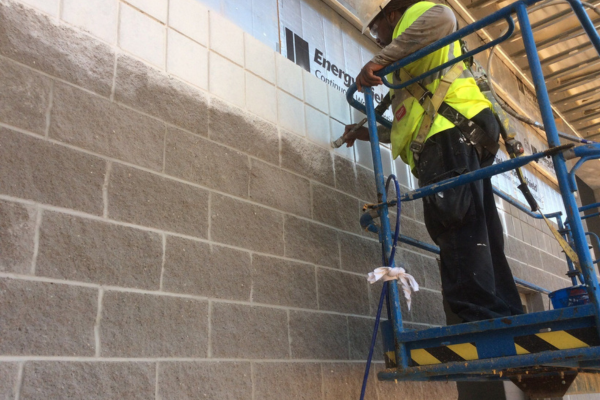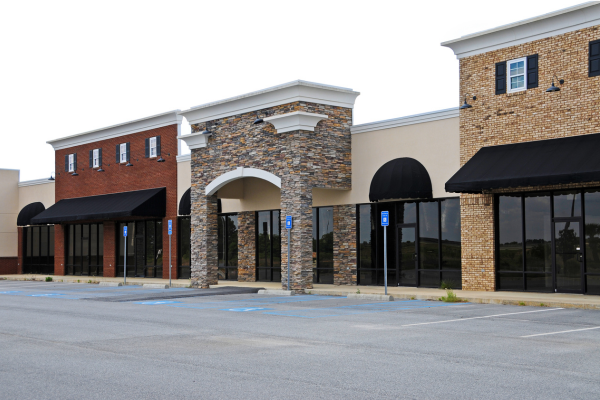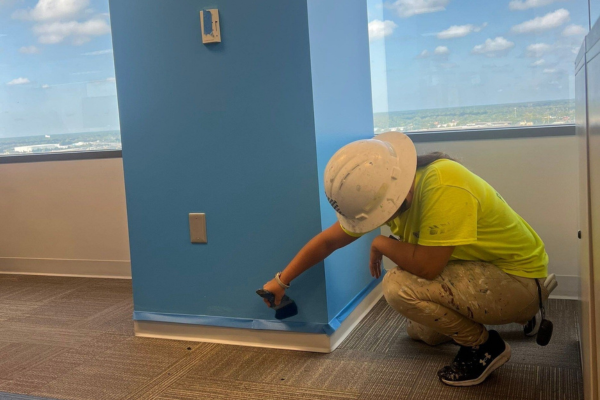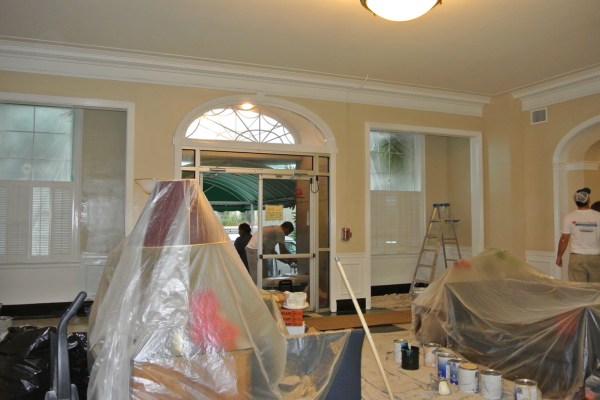
Applying commercial coatings is more than just a business improvement task; it’s an art form that can transform any space. For business owners in Jacksonville, Florida, mastering the art of painting can lead to a more appealing and inviting environment, whether it’s an office, retail space, or restaurant. A flawless finish not only enhances the aesthetic appeal but also speaks volumes about your attention to detail and commitment to quality. Here are the best practices to ensure a professional and polished paint job every time.
1. Proper Preparation For Applying Commercial Coatings
The foundation of a flawless commercial paint job is thorough preparation. Skipping this step is a common mistake that can lead to subpar results.
Surface Cleaning and Repair
Before you even open a can of commercial paint, ensure that all surfaces are clean and free of dirt, grease, and mildew. Use a mixture of water and mild detergent to scrub the walls, and let them dry completely. For exterior surfaces, a power washer can be highly effective as well as recommended in some instances.
Inspect the surfaces for any imperfections such as cracks, holes, or peeling paint. Repair these with spackle or a suitable filler, and sand the area smooth once it dries. For larger cracks or damaged areas, it might be best to consult a professional.
Using Primer for Commercial Painting Projects
Primer is essential for a smooth and even finish. It helps paint adhere better to the surface and can hide stains and dark colors. Choose a primer that is appropriate for your surface and the type of paint you plan to use. For example, use a stain-blocking primer for walls with water damage or nicotine stains.
2. Choosing the Right Paint and Tools
Selecting the right paint and tools is crucial for achieving a professional look for your commercial space.
Commercial Coatings
Consider the type of room or area you are painting when choosing your paint. For high-traffic areas such as hallways and employee kitchens or commercial kitchens, opt for a durable, washable paint with a higher sheen, like satin or semi-gloss. For more relaxed spaces like offices or conference rooms, an eggshell or matte finish can provide a sophisticated look.
When it comes to color, take into account the ambiance you want to create. Light colors can make a room feel larger and more open, while darker shades add warmth and coziness. In Jacksonville’s sunny climate, UV-resistant commercial coatings can help maintain the vibrancy of exterior colors.
Tools For Your Commercial Painting Project
Invest in high-quality brushes and rollers. A good brush will hold more paint and apply it smoothly, while quality rollers ensure even coverage without leaving lint behind. Contact a professional commercial painter before you decide using a sprayer for larger surfaces.
3. Mastering Painting Techniques
Even with the best preparation and tools, your technique will ultimately determine the quality of the finish.
Cutting In
Cutting in refers to painting the edges of walls and around trim before using a roller on the larger areas. Use a high-quality angled brush for this task. Take your time to ensure clean, straight lines. A steady hand and patience are key. Remember, this is not a 30 minute task, it is best to block an entire day to ensure you are not rushed.
Rolling
When using a roller, start with a W or M pattern to distribute the paint evenly, then fill in the gaps with vertical strokes. Avoid overloading the roller with paint, as this can cause drips and uneven coverage. Work in small sections and maintain a wet edge to prevent lap marks and streaks.
Multiple Coats Is Best
Most commercial coating projects will require at least two coats for full coverage and a rich, even color. Allow sufficient drying time between coats as recommended by the paint manufacturer.
4. Finishing Touches to Your Commercial Painting Project
After the final coat has dried, it’s time for the finishing touches that will make your commercial paint job truly shine.
Touch-Ups
Inspect the painted surfaces for any missed spots or imperfections. Use a small brush for touch-ups, blending the edges carefully with the surrounding paint.
Don’t Forget the Clean-Up Process
Proper clean-up is essential for preserving your tools and maintaining a neat workspace. Clean brushes and rollers thoroughly with soap and water or the appropriate solvent for oil-based paints. Store leftover paint properly, sealing cans tightly to prevent drying out. Properly dispose of your commercial coatings left in the pans.
5. Professional Help – Using Commercial Painters
While DIY painting for your business can be rewarding, there are times when hiring a professional is the best choice. Complex projects, large commercial spaces, or intricate designs can benefit from the expertise and efficiency of professional commercial painters. They bring the skills, experience, and equipment needed to achieve a flawless finish with minimal disruption to your business operations.
Enhance Your Commercial Space with Commercial Painting
For business owners in Jacksonville, Florida, mastering the art of painting is a valuable skill that can enhance the appeal and functionality of your space. By following these best practices, from meticulous preparation to the right techniques and finishing touches, you can achieve a professional, flawless finish that reflects the quality and care you put into your business. Whether you tackle the project yourself or hire a professional, the results will be well worth the effort.






